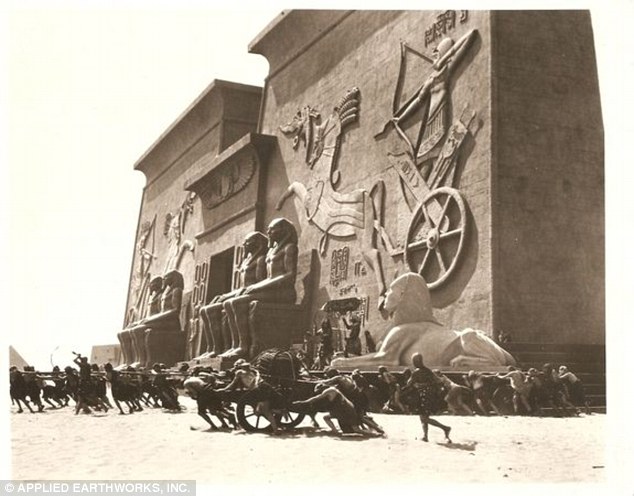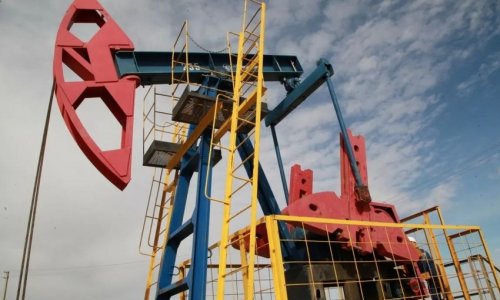Those who wish to see the piece of movie history will be able to do so next year once it's been reconstructed, said the executive director of the Guadalupe Nipomo Dunes Center, Doug Jenzen.The weather-worn 15-foot-tall Sphinx no longer looks like it did when it was one of the 21 structures lining the Path to Pharaoh’s city in the silent classic directed by Cecil B. Demille, reports Live Science.'[The 1923 film] was one of the largest movie sets ever made, because they didn't have special effects,' Jenzen told Live Science.'So anything that they wanted to look large, they had to build large.''It's giant,' Jenzen said of Pharaoh’s city which stood 12 stories tall and about 720 feet across.Today what would be computer animated was built by hand in Los Angeles and then transported 156 miles Guadalupe where the film crew constructed the massive hollow statues.The Sphinxes are practically in the same spot they were during filming, said Jenzen.The urban legend is that when the movie shoot was over the crew dynamited the set and buried the sphinxes in a trench.Jenzen saw very little evidence of that.More likely, the sandy and windy climate buried the plaster beneath the sand.The film helped to guide an excavation of the buried movie treasure in 2012.'We'd work during the day, and we'd watch the movie at night to figure out what we were finding,' said M. Colleen Hamilton, a historical archaeology program manager and senior historical archaeologist with Applied EarthWorks in California.The site has been excavated numerous times.The first unearthing occurred in 1990 when the Dunes Center had archaeologists dig around in the location of the movie site.They found tobacco tins and bottles with cough syrup that probably replaced alcohol during the prohibition era from 1920-1933.'What objects like that tell us is that there wasn't a whole lot to do at the making of this movie,' he said.'These guys had a lot of really good times before takes.'It wasn't until 2012 that the Dunes Center called upon archaeologists to dig up the site again to search for bigger structures.This time they were able to find the head of the sphinx that was 'about the size of a pool table.'The head is now on display at the Dunes Center but at the time they didn't have the resources to dig for the rest of the body.Now in 2014 Applied EarthWorks has become dedicated to uncovering the rest of the Sphinx before it disappears forever due to erosion. 'The site is basically being destroyed through erosion,' Hamilton said.'It's become more critical to try to salvage some materials before they disappear.'The once hollow structure has been filed with sand and the material has become flimsier due to the moist air.Archaeologist Kholood Abdo Hintzman and his team at Applied EarthWorks carefully excavated the sphinx's body on October 6.To keep the plaster of Paris material from cracking, they soaked the structure in cheesecloth soaked with a preservation chemical.The team had to work against the weather and could only excavate for a couple hours a day due to the strong winds and the fog.Eight days later the body was fully excavated and they moved it to a remote location so they could dry it and shrink it to its original size.The Ten Commandments film was one of the first to employ special effects such as Technicolor and Jell-O to show the parting of the red seas. Huge at the time, the film had a $1 million budget.'I think it's a great piece of Americana,' Jenzen said. 'But you have to hunker down to watch the whole thing, because it's more than three hours long and it's silent.'Those who wish to see the sphinx can do so in 2015. (dailymail.co.uk)Bakudaily.Az
Huge sphinx unearthed in the CALIFORNIA desert - PHOTO
World
20:32 | 20.10.2014

Huge sphinx unearthed in the CALIFORNIA desert - PHOTO
After being buried beneath the sand dunes of Guadalupe, California, the monumental plaster sphinx from the movie The Ten Commandments has been unearthed.
Follow us !










